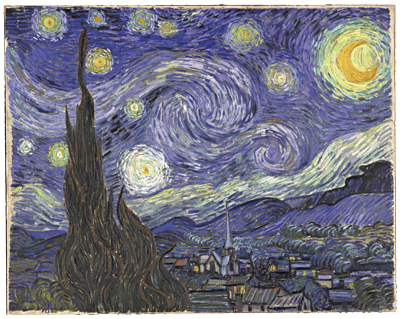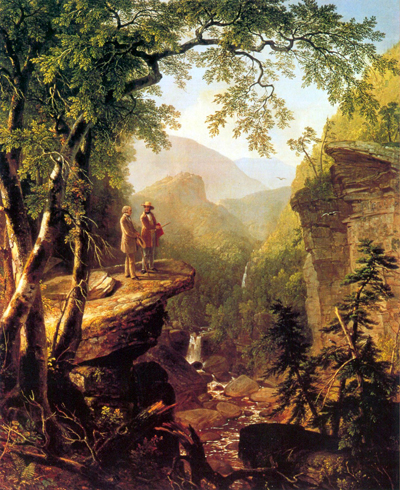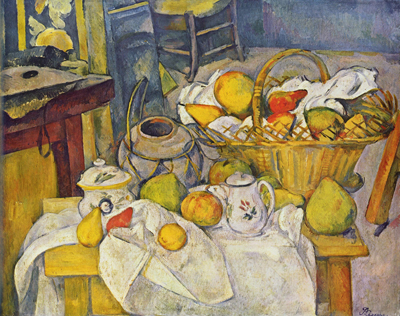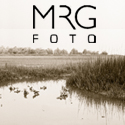Unity - a Principle of Design |
Unity:
–noun
The quality of wholeness or oneness that is acheived through the effective use of the elements and principles of design. A totality that combines all of its parts into one complete, cohesive whole. A composition is unified when the relationships between its parts interact to create a sense that no portion of the composition may be changed without altering the aesthetic integrity and meaning of the artwork.
Delahunt, Michael R. "Unity." ArtLex Art Dictionary. 26 March 2011. <http://www.artlex.com>.
Unity is closely related to variety in that without variety unity becomes monotonous. The separate elements in an artwork must also be harmonious, they must be seen as a whole. Unity creates a balance between harmony and variety and a cohesiveness that completes the work.
Unity can be created by using similar subject matter, colors, shapes, lines, etc. The similarity of elements or objects keeps the composition unified. Repetition of elements also creates unity.

Vincent van Gogh; Starry Night; 1889; oil on canvas; 73.7 x 92.1 cm; MOMA, New York City.
Van Gogh's painting shows unity with the repetition of the swirly marks throughout the composition and with the use of cool colors throughout.
Continuity creates unity by providing a visual link from one element to another.

Asher Brown Durand; Kindred Spirits; 1849; oil on canvas; 117 x 91 cm; New York Public LIbrary, New York City.
Durand uses continuity to provide unity by placing the tree branches and dead trees in such a way as to direct the viewer's eyes around and through the painting. The subject matter is arranged so as to connect the elements in the painting.
Proximity provides unity. By grouping similar elements or objects together, they become a unifed whole instead of separate pieces. Furthermore, objects placed close together are perceived as being related while those placed further apart are perceived as being unrelated.

Paul Cezanne; la table de cuisine; 1888-90; oil on canvas; 64 x 80 cm; Musee d'Orsay, Paris.
The painting above uses fruit throughout the composition as a unifying element. Grouping the fruits together in various areas of the still life help to unify the less related objects. There is even a fruit image on the back wall.
The artworks above are in the public domain.
Web sites about Unity:
Blue Moon Design - Unity
Art, Design and Visual Thinking - Unity
Principles of Art - Unity: ArguingArt (video)



